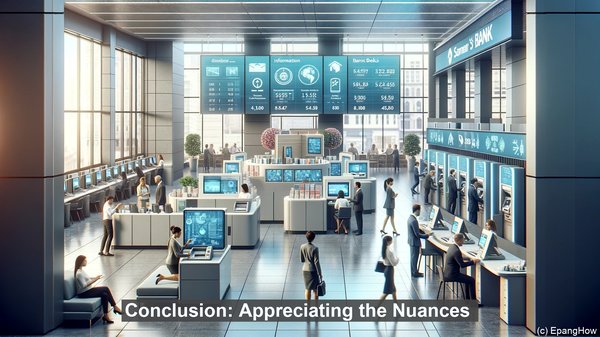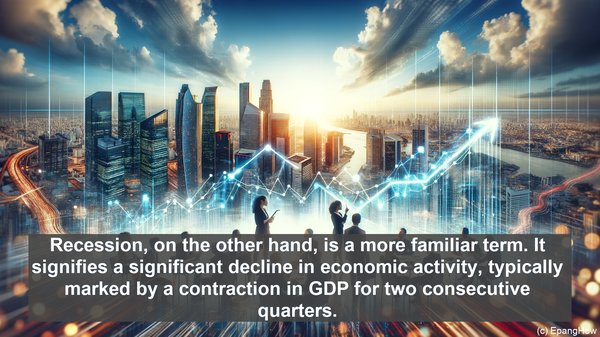Introduction: The Economic Landscape
Hello, and welcome to today’s discussion on stagflation and recession. In the realm of economics, these terms often surface during periods of economic uncertainty. However, they represent distinct situations, each with its own set of characteristics and implications. Let’s dive in!

Defining Stagflation: The Dual Challenge
Stagflation, a portmanteau of ‘stagnation’ and ‘inflation,’ refers to an economic state characterized by stagnant economic growth and high inflation. It presents a unique challenge for policymakers as the conventional tools to tackle inflation, such as tightening monetary policy, may further hinder growth. Stagflation is a relatively rare phenomenon, with the most notable instance occurring in the 1970s.
Recession: The Contractionary Phase
Recession, on the other hand, is a more familiar term. It signifies a significant decline in economic activity, typically marked by a contraction in GDP for two consecutive quarters. Unlike stagflation, which involves both stagnant growth and inflation, recession primarily focuses on the economic downturn. Recessions are cyclical and have occurred throughout history, often triggered by factors like financial crises or global events.

Key Differences: Stagflation vs. Recession
While both stagflation and recession indicate challenging economic times, they differ in several key aspects. Firstly, stagflation is characterized by a combination of stagnant growth and high inflation, whereas recession primarily emphasizes the economic contraction. Additionally, stagflation often arises due to supply-side factors, such as a sudden increase in oil prices, while recessions can stem from a range of factors, including demand-side issues or financial imbalances.
Implications and Policy Considerations
The divergent nature of stagflation and recession necessitates different policy responses. In the case of stagflation, policymakers face the intricate task of addressing both stagnation and inflation simultaneously. This may involve a delicate balance between stimulating demand and implementing measures to curb inflationary pressures. In contrast, during a recession, the focus often shifts to stimulating demand and restoring confidence in the economy through measures like fiscal stimulus or monetary easing.
